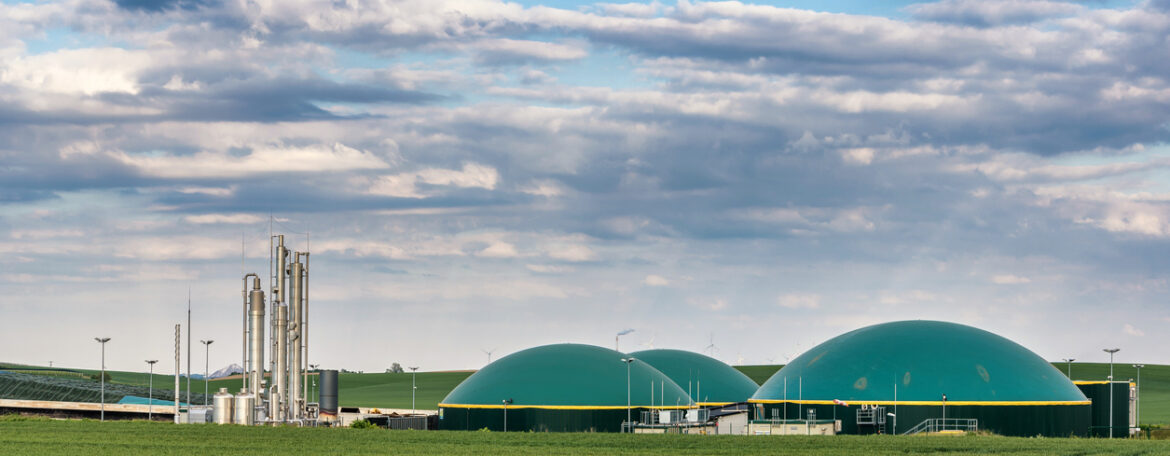In this article we delved into Renewable natural gas, we discussed the meaning, the production, application, advantage and environmental concerns.
What is RNG?
Renewable Natural Gas (RNG), also known as biomethane, is a sustainable and clean energy source produced from organic waste.
RNG is a pipeline-quality gas, fully interchangeable with conventional natural gas, offering a viable alternative for reducing greenhouse gas emissions and dependence on fossil fuels.
By removing CO2 and other impurities from biogas, and increasing the concentration of methane to a level similar to fossil natural gas, it becomes possible to distribute RNG via existing gas pipeline infrastructure. RNG can be used in existing appliances, including vehicles with natural gas burning engines (natural gas vehicles).
READ: BIOGAS
Production
A biomass to RNG efficiency of 70% can be achieved during the production process. Costs are minimized by maximizing production scale and by locating an anaerobic digestion plant next to transport links (e.g. a port or river) for the chosen source of biomass.
Renewable gas can be produced through three main processes:
- Anaerobic digestion of organic material. This can be done in dedicated anaerobic digesters or as a byproduct gas collected from landfills and wastewater treatment.
- Production through the Sabatier reaction. With the Sabatier reaction, the gas from primary production has to be upgraded with a secondary step in order to produce gas that is suitable for injection into the gas grid.
- Thermal gasification of organic (normally dry) material
READ: RENEWABLE ENERGY AND THEIR DIFFERENT SOURCES
Applications:
– Transportation fuel (natural gas vehicles)
– Heat and power generation
– Cooking fuel
– Industrial processes
Advantages over fossil fuels:
– Lower carbon emissions
– Renewable and sustainable
– Energy independence
– Job creation
– Waste reduction
Environmental concerns
Biogas creates similar environmental pollutants as ordinary natural gas fuel, such as carbon monoxide, sulfur dioxide, nitrogen oxide, hydrogen sulfide and particulates. Any unburned gas that escapes contain methane, a long-lived greenhouse gas. The key difference from fossil natural gas is that it is often considered partly or fully carbon neutral, since the carbon dioxide contained in the biomass is naturally renewed in each generation of plants, rather than being released from fossil stores and increasing atmospheric carbon dioxide.
A major concern is that the potential biogas yield would only represent a small percentage of existing supplies of fossil gas (also called natural gas). This fact has led existing natural gas suppliers to push back against measures to increase the use of electricity as an energy supply – decreasing demand for gas. This reality prompted Southern California Gas Company (SoCalGas) to covertly support the creation of a nonprofit: Californians for Balanced Energy Solutions (C4Bes) which then went on to lobby for the gas sector and against the momentum in favor of electrification. The Sierra Club exposed the hand of SoCalGas in the formation of C4Bes (astroturfing) and so C4Bes curtailed its lobbying activities, although it continued to promote demand for gas.

